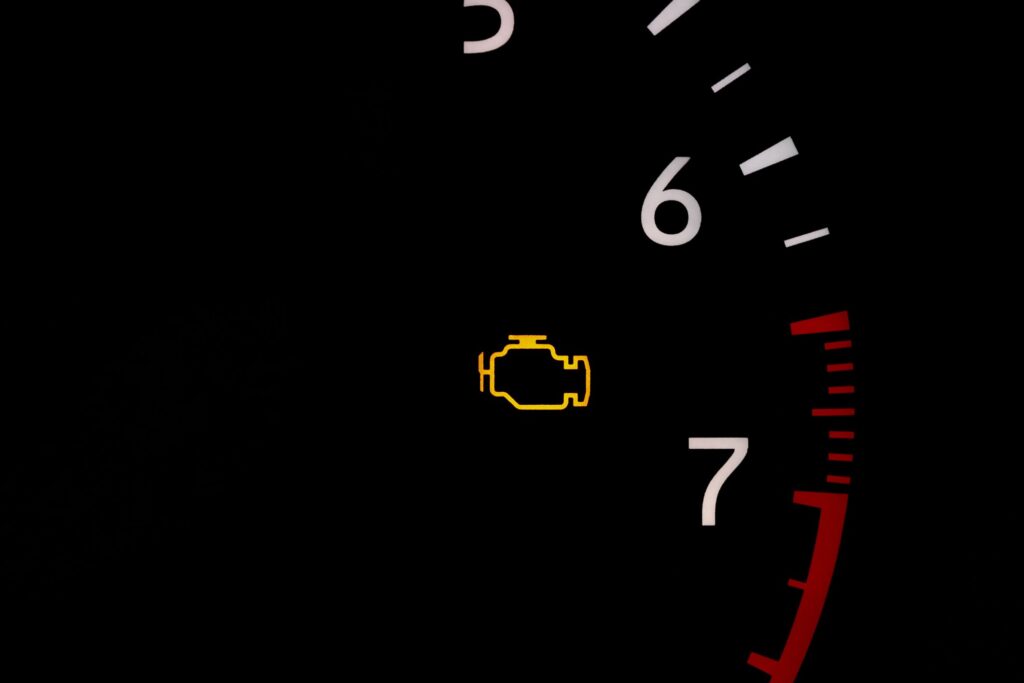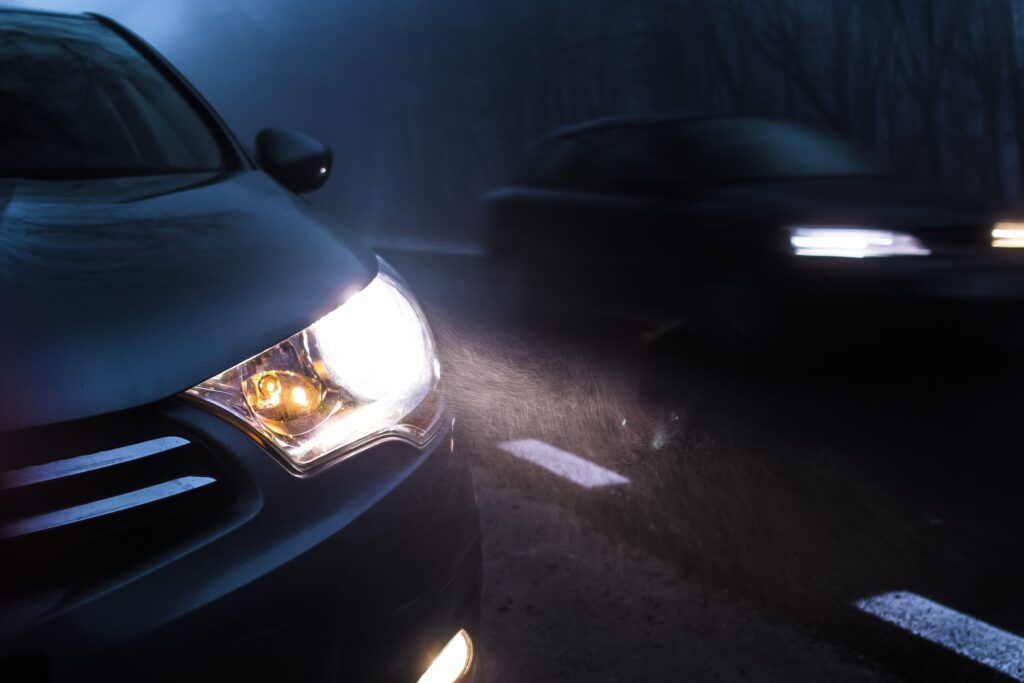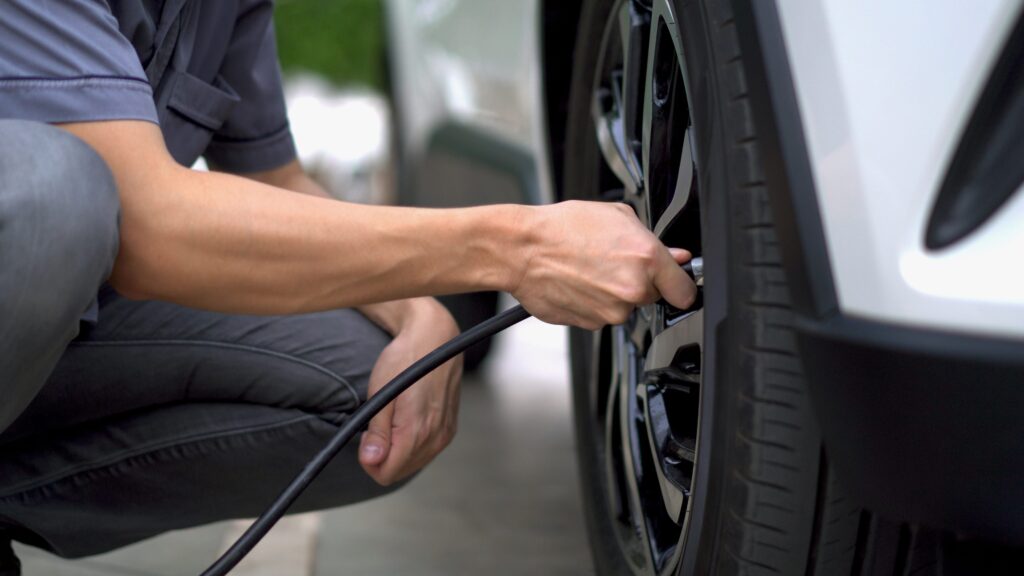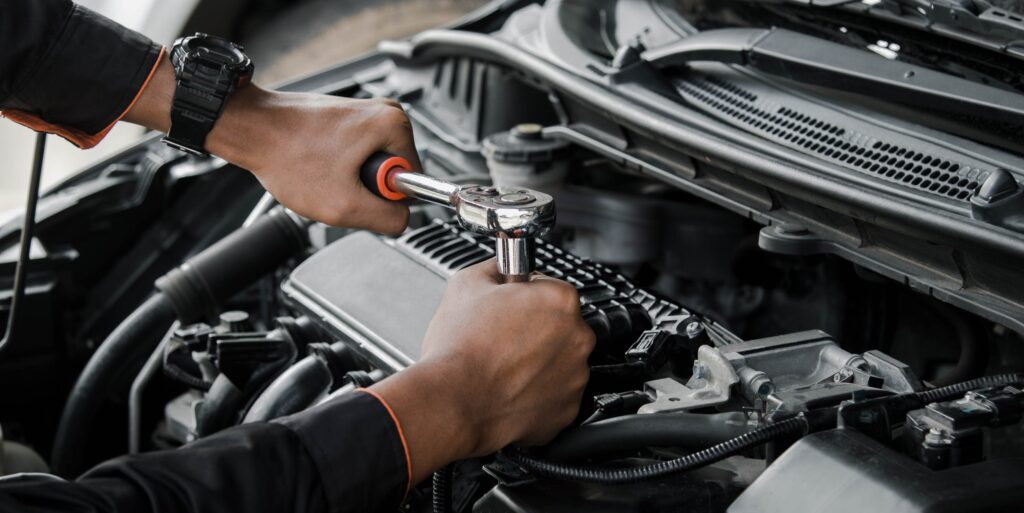Don’t be surprised when you hear that your motor engine or transmission mount has an oil leak. Yep, the old rubber mounts have grown up to be liquid filled. They call it progress, and it is a better way to dampen vibration.
Hydraulic engine mounts are advanced components that use fluid-filled chambers to reduce vibrations and noise in vehicles. Unlike traditional rubber mounts, they use hydraulic fluid to absorb engine vibrations, providing better noise, vibration, and harshness (NVH) control, making your ride more comfortable.
How They Work:
The mount consists of a steel casing, rubber elements, and a hydraulic fluid chamber. As the engine moves, the fluid absorbs vibrations, while the rubber helps absorb shocks, offering a smoother performance.
Benefits:
- Improved Comfort: Reduces engine vibrations and cabin noise, especially in luxury and high-performance vehicles.
- Increased Durability: Lasts longer due to its resistance to stress.
- Adjustable: Some hydraulic mounts can adapt to driving conditions for optimal ride quality.
- Stability: Minimizes engine movement, improves handling and prevents damage to other parts.
Challenges:
They tend to be more expensive, heavier, and can suffer from fluid leaks or degradation over time.
Overall, hydraulic engine mounts are ideal for enhancing comfort and performance in a variety of vehicles, though they come at a higher cost compared to traditional mounts.








